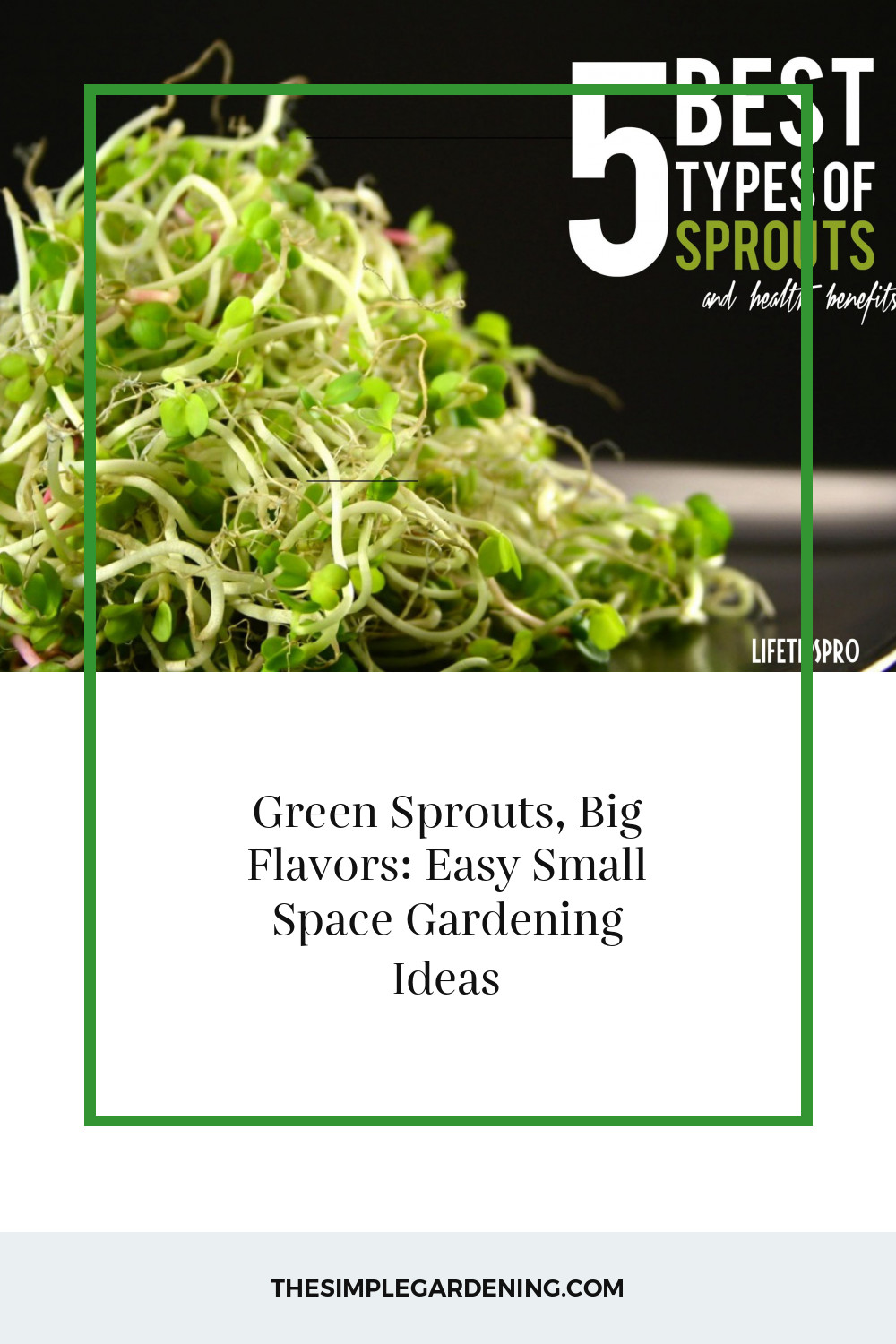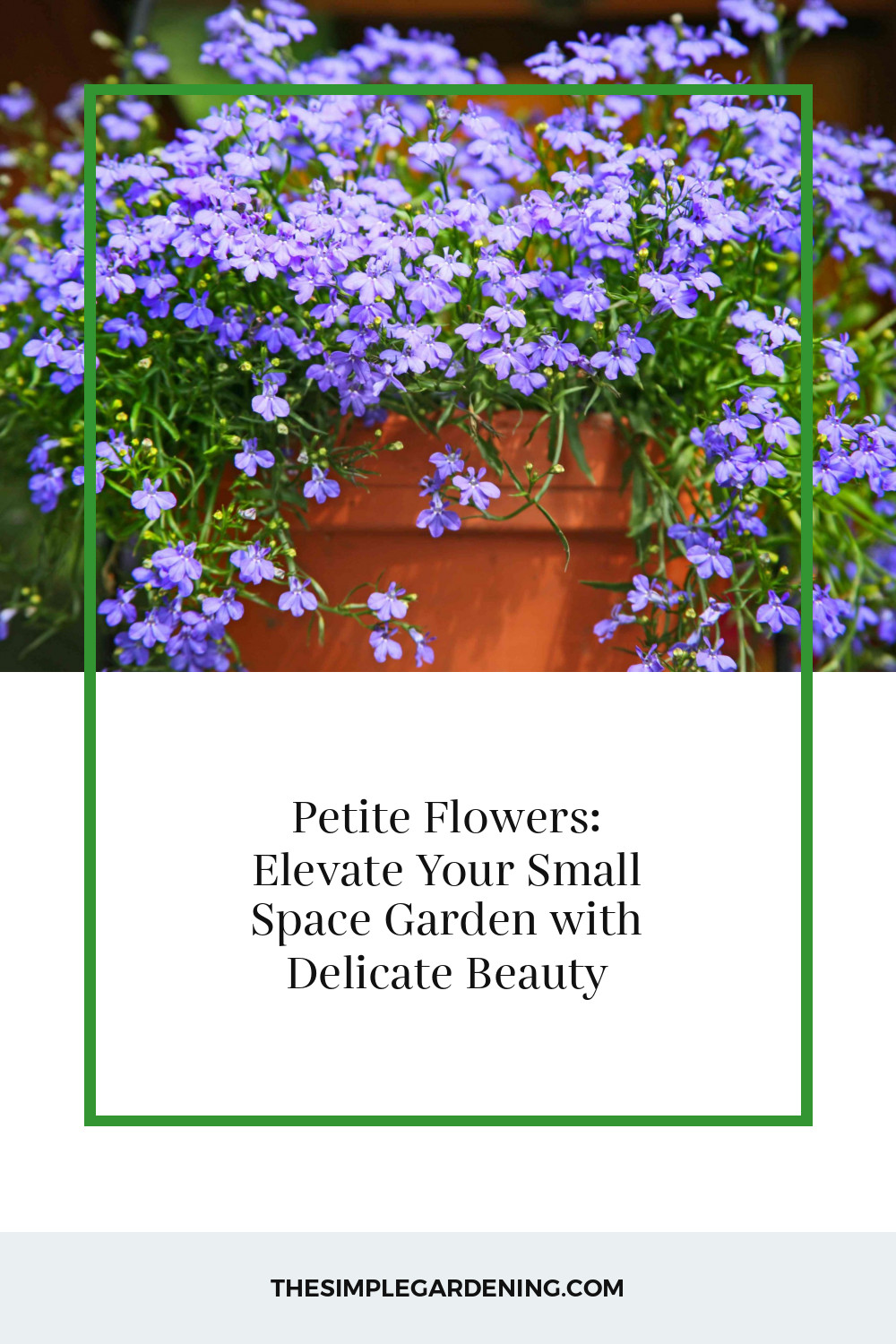Miniature gardening is a delightful way to bring the charm of nature into your home. Imagine creating a tiny landscape, complete with miniature plants, accessories, and even fairy figurines, all contained within a small, manageable space. This gardening practice is perfect for those with limited space or for anyone looking to add a touch of whimsy to their living environment.
The Charm of Miniature Gardens: Creating Tiny Landscapes in Small Spaces
The beauty of miniature gardens lies in their ability to transform small spaces into vibrant, detailed scenes. These gardens can be designed to reflect various themes and styles, from fairy tales to Zen tranquility. The possibilities are endless, limited only by your imagination.
| Feature | Description | Example | Benefit |
|---|---|---|---|
| Size | Small, compact | Tabletop garden | Easy to manage |
| Themes | Various styles | Fairy, Zen | Personalized design |
| Accessories | Miniature items | Furniture, figurines | Adds charm |
| Flexibility | Indoor/outdoor | Windowsill, balcony | Versatile placement |
| Creativity | Unlimited designs | Storytelling elements | Fun and engaging |
Choosing Containers
Selecting the Perfect Containers for Miniature Gardens
The foundation of any miniature garden is the container. Choosing the right one is crucial for the overall look and functionality of your garden. Consider factors like size, material, and drainage when selecting a container.
| Container Type | Material | Best For | Pros | Cons |
|---|---|---|---|---|
| Terra cotta pots | Clay | Outdoor | Breathable, rustic look | Can crack in cold weather |
| Ceramic pots | Glazed clay | Indoor | Decorative, various styles | Heavy, can be expensive |
| Wooden boxes | Wood | Indoor/outdoor | Natural look, customizable | Can rot if not treated |
| Plastic pots | Plastic | Indoor/outdoor | Lightweight, affordable | Less aesthetic appeal |
| Glass containers | Glass | Indoor | Modern look, great for terrariums | Fragile, needs careful handling |
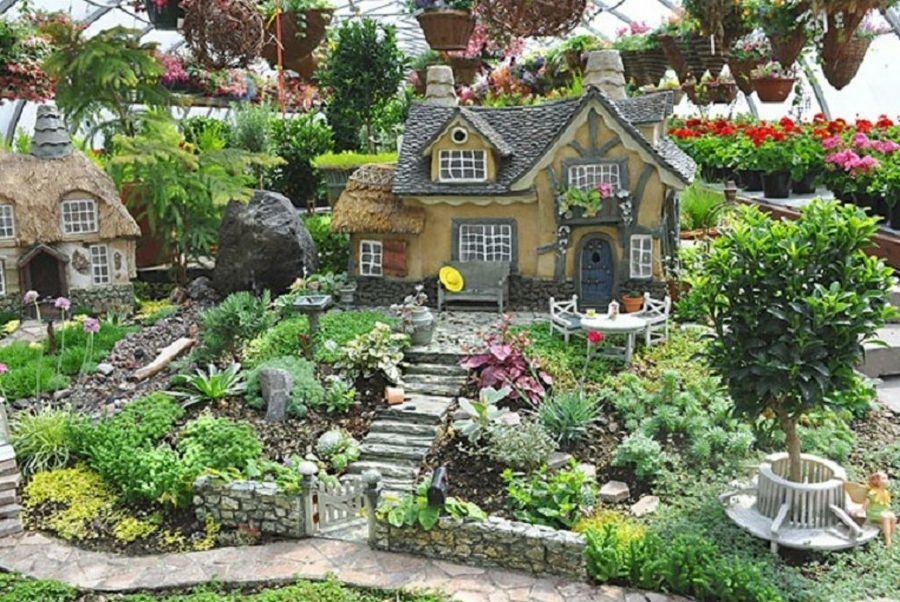
Source Image: worldinsidepictures.com
Creative Container Ideas for Miniature Gardening Projects
Thinking outside the box can yield some unique and creative containers for your miniature gardens. From repurposed household items to custom-built planters, there are many ways to add a personal touch to your garden.
| Creative Container Idea | Description | Example Use | Benefits |
|---|---|---|---|
| Teacups | Small, decorative cups | Fairy garden | Cute and charming |
| Old boots | Repurposed footwear | Rustic garden | Eco-friendly |
| Birdcages | Decorative cages | Hanging garden | Adds height and dimension |
| Wine barrels | Half-cut barrels | Large outdoor garden | Rustic, spacious |
| Mason jars | Clear glass jars | Indoor terrariums | Easy to view and manage |
Plant Selection
Choosing Plants for Miniature Gardens: Size, Growth, and Maintenance Considerations
Selecting the right plants is essential for a thriving miniature garden. Consider plants that stay small, have slow growth rates, and require minimal maintenance. Succulents, mosses, and small ferns are excellent choices.
| Plant Type | Ideal Conditions | Growth Rate | Maintenance | Best For |
|---|---|---|---|---|
| Succulents | Bright light, well-drained soil | Slow | Low | Indoor/outdoor |
| Mosses | Shady, moist areas | Moderate | Low | Fairy gardens, terrariums |
| Miniature ferns | Indirect light, humid environment | Moderate | Medium | Indoor gardens |
| Dwarf herbs | Sunny, well-drained soil | Moderate | Medium | Kitchen gardens |
| Bonsai trees | Varied light, specific soil needs | Slow | High | Zen gardens |
Miniature Plants for Indoor and Outdoor Mini Gardens
Both indoor and outdoor miniature gardens benefit from carefully chosen plants that suit the environment. Here are some plant suggestions for different settings.
| Environment | Plant Suggestions | Benefits |
|---|---|---|
| Indoor | Miniature African violets, baby tears, small ferns | Low maintenance, attractive foliage |
| Outdoor | Creeping thyme, dwarf conifers, moss | Durable, weather-resistant |
| Mixed | Succulents, air plants, dwarf hostas | Versatile, easy to arrange |
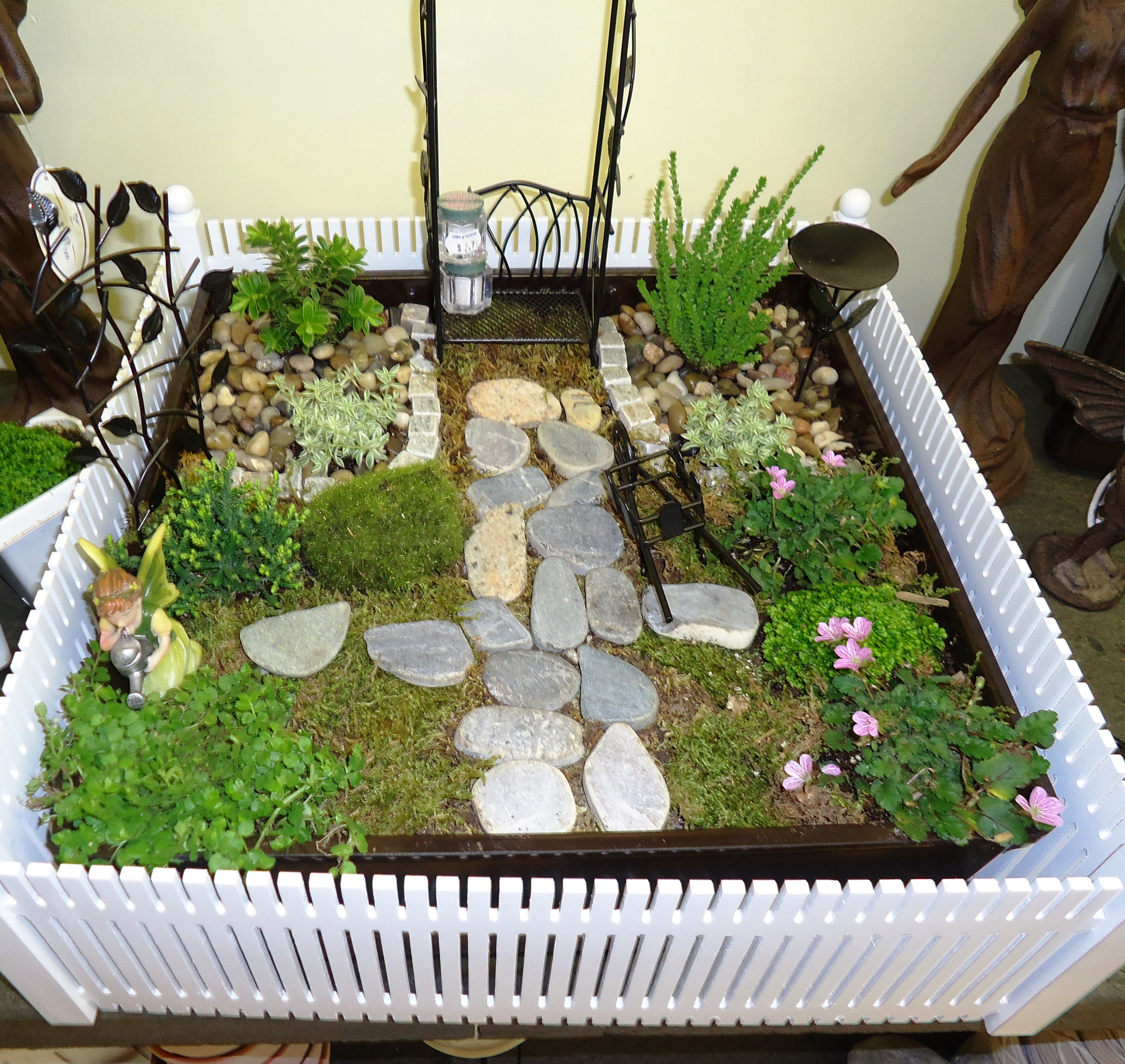
Source Image: townandcountryhaddam.com
Design Principles
Designing Miniature Landscapes: Principles of Scale, Proportion, and Balance
Creating a miniature garden is like designing any landscape, but on a smaller scale. It’s essential to maintain the right proportions and balance to make the garden look realistic and aesthetically pleasing.
| Design Principle | Explanation | Tips for Miniature Gardens |
|---|---|---|
| Scale | Keeping all elements in proportion | Use small plants and accessories |
| Proportion | Harmonious relationship between elements | Balance large and small features |
| Balance | Visual equilibrium | Symmetrical or asymmetrical layouts |
Creating Depth and Dimension in Small-Scale Gardens
Even in a tiny garden, you can create a sense of depth and dimension. Use layering techniques and varying plant heights to add complexity to your garden design.
| Technique | Description | Example | Effect |
|---|---|---|---|
| Layering | Placing plants and elements in layers | Tall plants at the back, shorter ones in front | Adds depth |
| Elevation | Using different levels | Raised beds, stacked pots | Creates dimension |
| Perspective | Arranging elements to draw the eye | Pathways leading to a focal point | Enhances realism |
Theme Development
Exploring Themes for Miniature Gardens: Fairy Gardens, Zen Gardens, and More
Choosing a theme for your miniature garden can guide your design choices and make the garden more cohesive. Popular themes include fairy gardens, Zen gardens, and woodland scenes.
| Theme | Description | Key Elements | Suitable Plants |
|---|---|---|---|
| Fairy Garden | Whimsical, magical | Fairy figurines, tiny houses | Moss, baby tears, mini flowers |
| Zen Garden | Calm, meditative | Sand, rocks, minimal plants | Miniature bamboos, bonsai |
| Woodland Garden | Natural, rustic | Logs, mushrooms, animals | Ferns, moss, dwarf trees |
Infusing Personality into Miniature Garden Designs
Personalizing your miniature garden makes it unique and reflective of your style. Add custom-made accessories, personal mementos, or even tiny family photos to make your garden special.
| Personalization Idea | Description | Example | Benefit |
|---|---|---|---|
| Custom accessories | Handcrafted items | Mini furniture, signs | Unique touch |
| Personal mementos | Small keepsakes | Tiny photos, souvenirs | Adds sentimental value |
| DIY decor | Homemade decorations | Painted stones, crafted fairy houses | Cost-effective and personal |

Source Image: pamsenglishcottagegarden.blogspot.com
Accessories and Decor
Miniature Garden Accessories: Furniture, Figurines, and Decorative Elements
Accessories bring life and character to miniature gardens. From tiny benches to miniature animals, these elements can transform your garden into a lively scene.
| Accessory Type | Example | Material | Purpose |
|---|---|---|---|
| Furniture | Benches, tables | Wood, resin | Seating areas for mini scenes |
| Figurines | Fairies, animals | Plastic, ceramic | Adds whimsy and character |
| Decorative elements | Fences, bridges | Metal, wood | Enhances landscape realism |
DIY Miniature Garden Decor Projects: Adding Personal Touches to Your Garden
Creating your own miniature garden decor can be a fun and rewarding project. Here are some DIY ideas to inspire you.
| DIY Project | Materials Needed | Steps | Benefit |
|---|---|---|---|
| Painted stones | Smooth stones, acrylic paint | Clean stones, paint designs, seal | Adds color and personalization |
| Mini fairy houses | Cardboard, paint, glue | Cut shapes, assemble, paint | Cost-effective and creative |
| Tiny signs | Popsicle sticks, markers | Cut sticks, write messages | Adds charm and personality |
Landscaping Techniques
Landscaping Tips for Miniature Gardens: Paths, Ponds, and Rock Features
Incorporating landscaping features like paths, ponds, and rock formations can make your miniature garden more dynamic and interesting.
| Feature | Materials | Tips for Use | Visual Effect |
|---|---|---|---|
| Paths | Gravel, sand, small stones | Outline with pebbles | Guides the eye |
| Ponds | Small containers, resin | Use blue glass for water effect | Adds tranquility |
| Rock features | Mini boulders, gravel | Place strategically | Creates natural look |
Using Hardscaping Materials to Enhance Miniature Garden Design
Hardscaping elements like rocks, bricks, and wood can add structure and contrast to your miniature garden.
| Hardscaping Material | Use | Benefit |
|---|---|---|
| Small bricks | Pathways, borders | Adds structure and detail |
| Pebbles | Ground cover, accents | Enhances texture |
| Wood chips | Mulch, ground cover | Natural look, retains moisture |
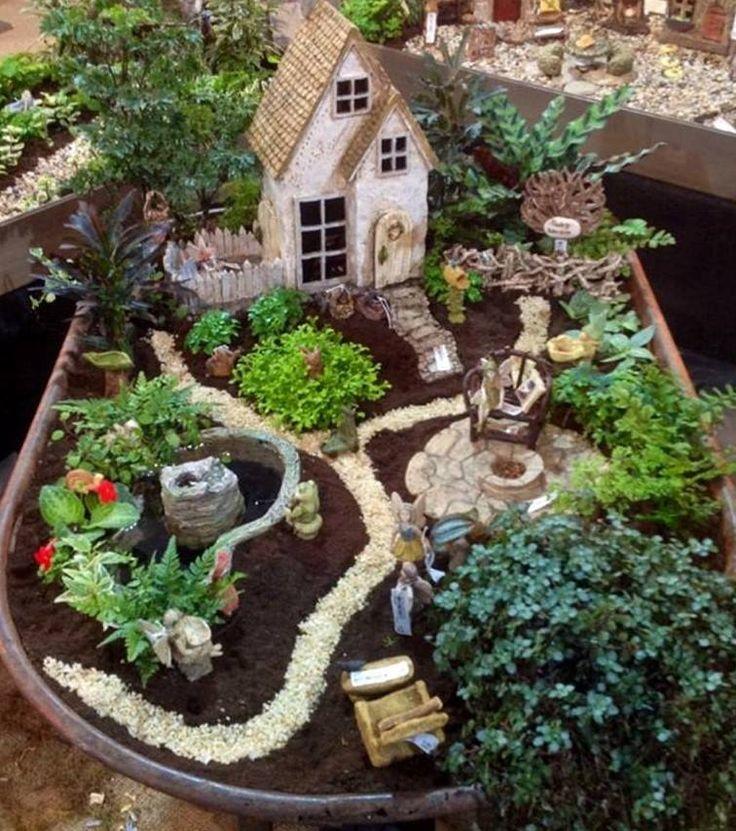
Source Image: worldinsidepictures.com
Miniature Gardening
Seasonal Adaptations
Seasonal Decor and Plant Selection for Miniature Gardens
Adjusting your miniature garden to reflect the changing seasons can keep it looking fresh and interesting year-round.
| Season | Decor Ideas | Plant Suggestions |
|---|---|---|
| Spring | Mini flowers, pastel colors | Primroses, miniature tulips |
| Summer | Beach accessories, bright colors | Succulents, dwarf daisies |
| Fall | Tiny pumpkins, autumn leaves | Miniature mums, pansies |
| Winter | Mini Christmas trees, snow effects | Evergreens, dwarf holly |
Transitioning Miniature Gardens through Different Seasons
Maintaining your garden throughout the year involves seasonal plant care and decor adjustments.
| Season | Maintenance Task | Decor Update |
|---|---|---|
| Spring | Replanting, fertilizing | Add spring flowers |
| Summer | Regular watering, shading | Brighten with summer accessories |
| Fall | Pruning, mulching | Add autumn-themed decor |
| Winter | Protecting from frost, reducing watering | Add winter decor |
Watering and Maintenance
Watering Tips for Miniature Gardens: Ensuring Proper Hydration Without Overwatering
Proper watering is crucial for the health of your miniature garden. Overwatering can be as harmful as underwatering, so finding the right balance is key.
| Watering Tip | Description | Benefit |
|---|---|---|
| Check soil moisture | Use a moisture meter | Prevents over/underwatering |
| Water at the base | Avoid wetting leaves | Reduces disease risk |
| Use a spray bottle | Fine misting for delicate plants | Evenly distributes water |
Maintenance Practices for Healthy and Vibrant Miniature Landscapes
Regular maintenance keeps your miniature garden looking its best. This includes pruning, fertilizing, and pest control.
| Maintenance Task | Frequency | Benefit |
|---|---|---|
| Pruning | Monthly | Promotes healthy growth |
| Fertilizing | Every 2-3 months | Provides essential nutrients |
| Pest control | As needed | Prevents damage to plants |
Source Image: www.dailypress.com
Indoor Miniature Gardening
Tips for Creating Indoor Miniature Gardens: Light, Temperature, and Humidity Considerations
Indoor miniature gardens require specific conditions to thrive. Pay attention to light, temperature, and humidity to ensure your plants are healthy.
| Factor | Ideal Condition | Tips for Maintenance |
|---|---|---|
| Light | Bright, indirect | Place near windows, use grow lights |
| Temperature | 65-75°F | Avoid drafts, maintain consistent temperature |
| Humidity | Moderate | Use a humidity tray, mist plants regularly |
Incorporating Miniature Gardens into Home Decor
Miniature gardens can be beautiful additions to your home decor, adding a touch of nature and charm to any room.
| Placement Idea | Description | Benefit |
|---|---|---|
| Windowsill | Sunny spot for light-loving plants | Easy access to natural light |
| Coffee table | Central location for display | Conversation starter |
| Bookshelf | Small, shaded spot for low-light plants | Utilizes vertical space |
Outdoor Miniature Gardening
Outdoor Miniature Garden Ideas for Balconies, Patios, and Small Yards
Outdoor miniature gardens can transform small spaces like balconies and patios into lush, green retreats.
| Location | Idea | Benefit |
|---|---|---|
| Balcony | Container garden | Utilizes small space efficiently |
| Patio | Raised beds | Easy to manage and decorate |
| Small yard | Fairy garden | Adds charm and interest |
Designing Miniature Landscapes in Outdoor Containers and Raised Beds
Outdoor containers and raised beds offer flexibility in design and plant selection for your miniature garden.
| Container Type | Ideal Plants | Benefit |
|---|---|---|
| Raised bed | Dwarf shrubs, ground covers | Easy to access and maintain |
| Large pots | Small perennials, succulents | Movable, versatile |
| Hanging baskets | Trailing plants | Saves ground space, adds height |
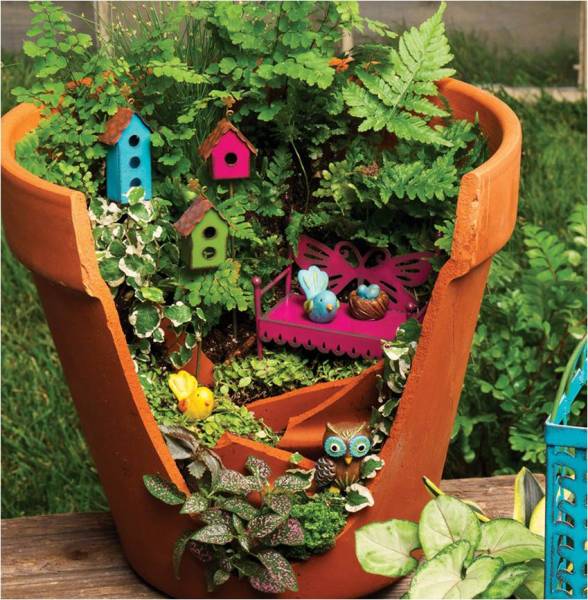
Source Image: www.goodshomedesign.com
Fairy Gardens
Creating Enchanting Fairy Gardens: Plants, Accessories, and Design Elements
Fairy gardens are a magical type of miniature garden, featuring tiny fairy houses, figurines, and whimsical plants.
| Component | Description | Example |
|---|---|---|
| Fairy houses | Miniature dwellings for fairies | Handmade or purchased |
| Figurines | Tiny fairies, animals | Ceramic or plastic |
| Whimsical plants | Adds to the magical theme | Baby tears, moss |
Fairy Garden Themes and Storytelling in Miniature Gardening
Fairy gardens can tell a story, with each element adding to the narrative. Create scenes that reflect tales of magic and wonder.
| Theme | Story Element | Example |
|---|---|---|
| Enchanted forest | Hidden fairy homes | Mushrooms, ferns |
| Magical village | Fairy community | Mini houses, bridges |
| Mystical pond | Fairy water feature | Tiny pond, water plants |
Educational Opportunities
Educational Benefits of Miniature Gardening for Children and Adults
Miniature gardening is not only fun but also educational. It teaches children and adults about plant care, design, and environmental stewardship.
| Educational Benefit | Description | Example Activity |
|---|---|---|
| Plant care knowledge | Learning about different plants | Identifying plant species |
| Design skills | Planning and arranging garden layouts | Creating garden blueprints |
| Environmental awareness | Understanding ecosystems | Building sustainable gardens |
Incorporating Miniature Gardening into School Curriculums and Community Programs
Miniature gardening can be an excellent addition to school curriculums and community programs, providing hands-on learning experiences.
| Program Type | Activity | Benefit |
|---|---|---|
| School curriculum | Classroom garden projects | Engages students in learning |
| Community programs | Workshops and events | Fosters community spirit |
| Youth groups | Gardening clubs | Teaches responsibility and teamwork |
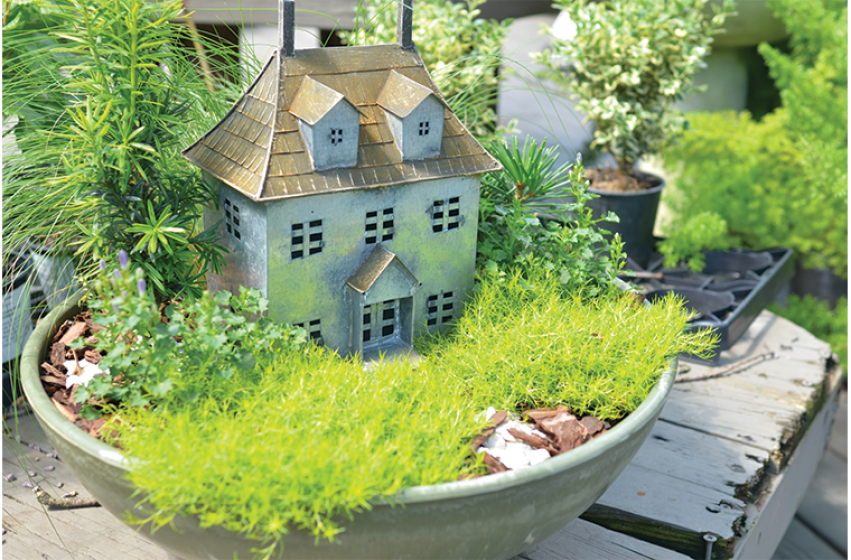
Source Image: www.mcdonaldgardencenter.com
Miniature Gardening
Community Engagement
Hosting Miniature Gardening Workshops and Events
Workshops and events centered around miniature gardening can bring communities together and spread the joy of gardening.
| Event Type | Description | Benefit |
|---|---|---|
| Workshop | Hands-on learning session | Educates and engages participants |
| Garden show | Display of miniature gardens | Inspires creativity and ideas |
| Community garden project | Collaborative garden creation | Strengthens community bonds |
Collaborative Miniature Garden Projects in Neighborhoods and Communities
Collaborative projects can unite neighbors and create beautiful, shared spaces that everyone can enjoy.
| Project Idea | Description | Benefit |
|---|---|---|
| Community fairy garden | Shared space with fairy theme | Enhances communal area |
| Public park miniature garden | Small garden in a park | Adds interest and beauty |
| Neighborhood garden competition | Friendly contest for best garden | Encourages participation and creativity |

Source Image: housing.com
Celebrating the Magic of Miniature Gardening: Small Spaces, Big Dreams
Miniature gardening allows you to create tiny worlds filled with beauty and charm, no matter how limited your space is. It’s a hobby that brings joy, fosters creativity, and connects people.
Inspiring Creativity and Connection Through Miniature Landscapes
Whether you’re designing a whimsical fairy garden or a tranquil Zen retreat, miniature gardening is a wonderful way to express your creativity and share your love of nature with others. So, grab your tiny tools and let your imagination run wild!
By embracing the magic of miniature gardening, you can create enchanting landscapes that bring a touch of wonder and joy into your life and the lives of those around you. Happy gardening!


